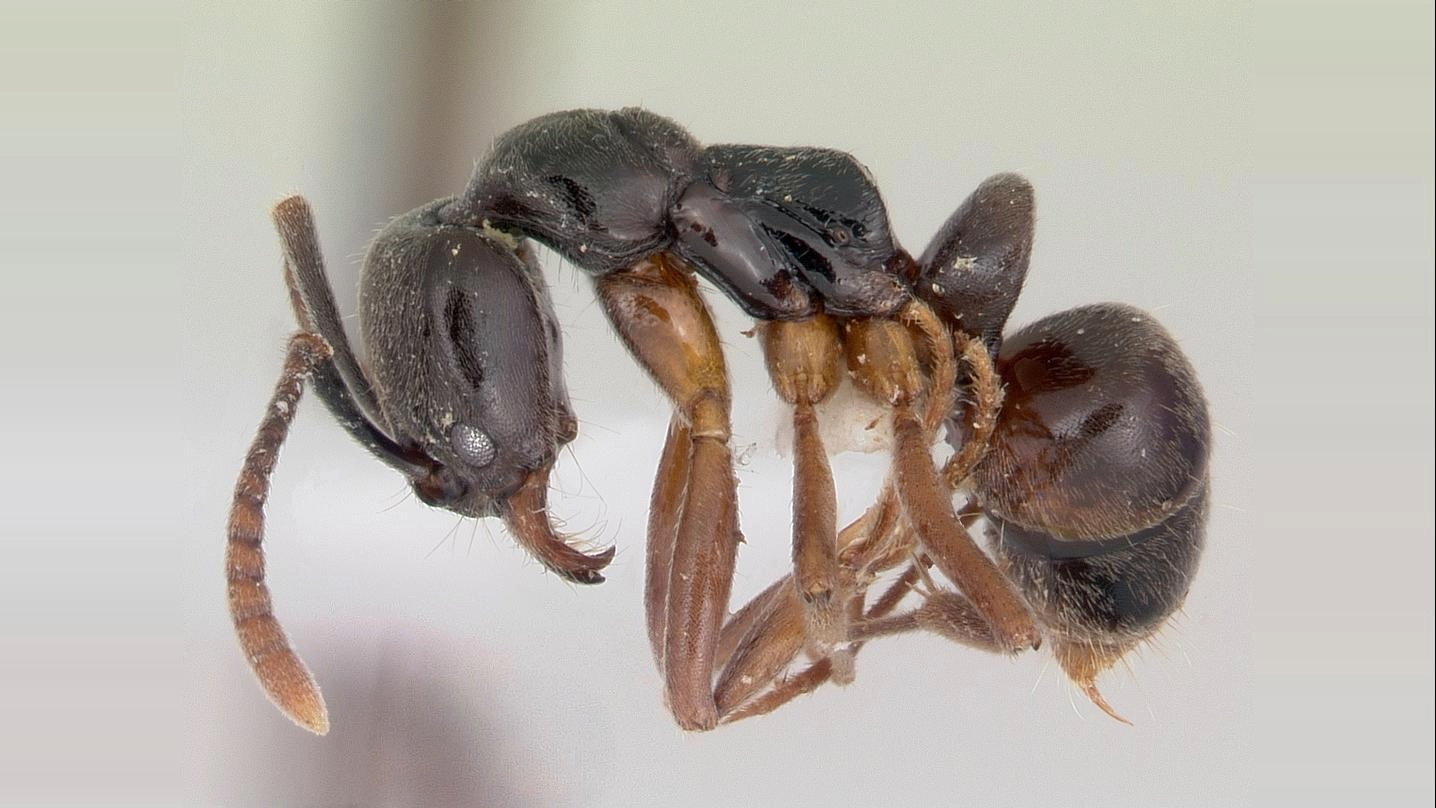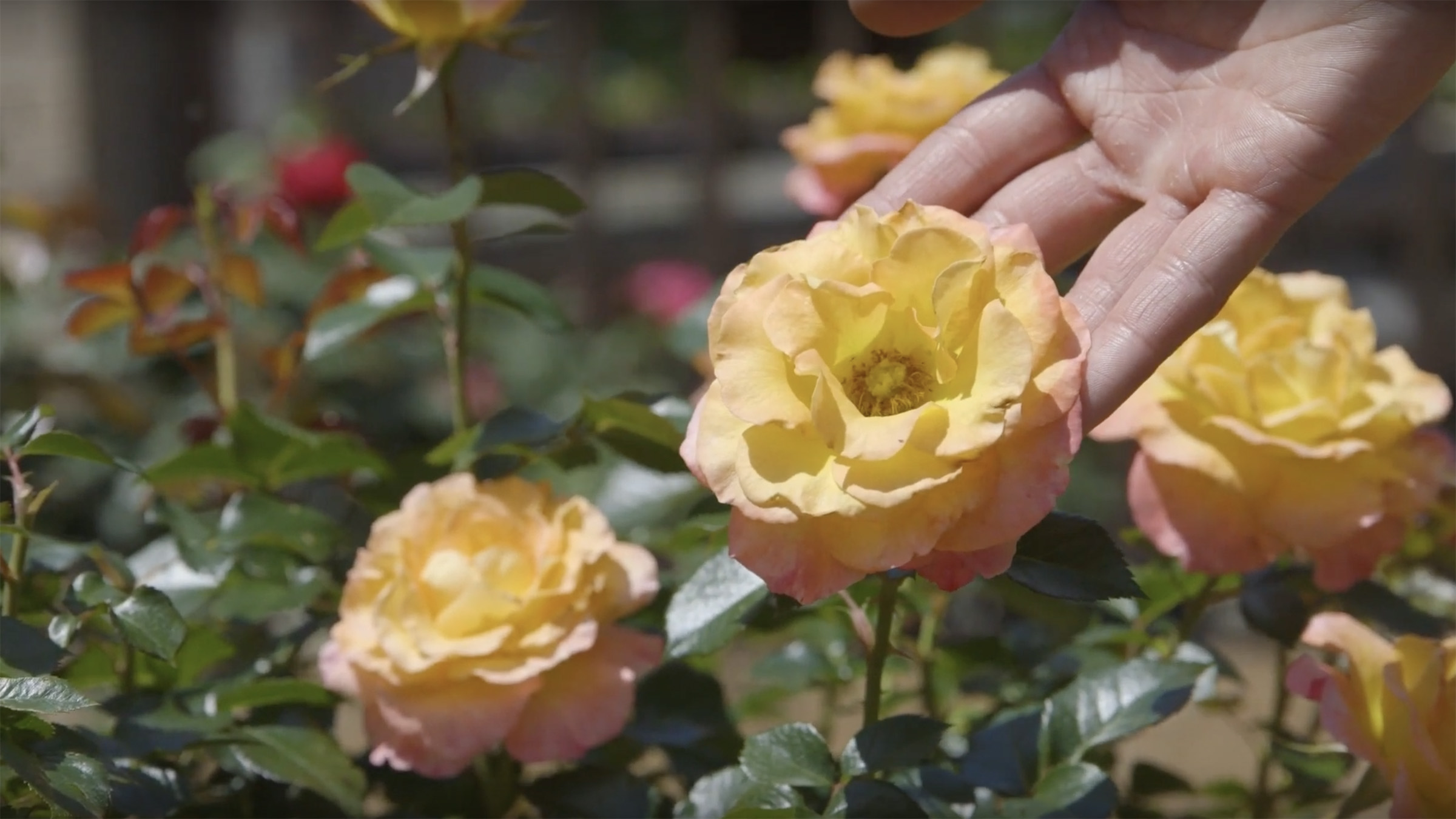The names are exotic and quaint. Manroot. Goldenseal. Bloodroot. Feverfew. False unicorn.
They sound like something out of medieval literature, perhaps a mystery set in a monastery. “Brother Cadfael applied a poultice of black cohosh to heal Sir Gareth’s sword wound.”
Or maybe a folklore tale from the Appalachians. “Jedidiah’s stomach ailment laid him low, but Mammaw mixed a tincture of yellowroot that fixed him right up.”
There’s nothing fictional about medicinal plants, though.
Herbs have been used as traditional medicine since prehistoric times. Today they’re more popular than ever.
Medicinal plants are grown commercially (available in both their pure form and as a myriad of supplements), for home remedies or simply as an attractive and interesting addition to any landscape.
In this edition of Homegrown, NC State Extension agricultural crop experts Craig Mauney and Margaret Bloomquist introduce us to several medicinal herbs, and why they might work well in your home garden or landscape.
Protecting Plants that Protect Us
North Carolina is home to many medicinal plants. The forests and woods of the Appalachian region, in particular, provide ideal growing conditions, and have long been a place where people have foraged botanicals.
Perennial plants native to this region include bloodroot, ginseng, black cohosh and goldenseal, which are harvested for their roots or for their herbaceous or leafy parts.
Overharvesting wild botanicals can lead to a harmful reduction or elimination of native plants.
“Buy seeds or plants and grow those in your home garden rather than going through the woods, gathering those and bringing them out,” Mauney says.
“There are quite a few plants out there we’re concerned about in population that are going to be reduced. So if you’re a responsible gardener, you can help us in the quest to do better for our forests.”
With a little care and special attention to their needs, many medicinal herbs can do well in home gardens. They can be grown simply for their aesthetic appeal, to be sold commercially, or for the more adventurous, for their therapeutic properties.
Medicinal Plants of North Carolina
Many important medicinal plants thrive in North Carolina. They can be found from the Piedmont to the Appalachian Mountains, growing in forests and gardens.
Find a sampling of species native to North Carolina below.
GINSENG
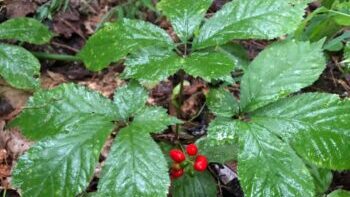
Ginseng is the “king of the forest,” according to Bloomquist. It’s one of the most popular herbs globally, touted for a variety of health benefits. The root of the American ginseng plant is reported to be cooling to the body; it reduces stress and fatigue and helps restore the body and mind.
Ginseng, also called manroot, can be grown in mature forestland (or even a nice wooded backyard) in the foothills or the mountains, with good soil and drainage. The plant emerges in late April, while flowering occurs in late spring during the third and later years of development.
Ginseng is a difficult crop to grow, as it can take 15 to 20 years to produce a marketable root. But the payoff can be worth it; a pound of ginseng root can sell for more than $500.
BLACK COHOSH

Black cohosh is a popular herb used as a research-backed remedy for menopause and other estrogen-related conditions. Its immense popularity has caused concern for its well-being, and cultivation at home is encouraged. Fortunately, it’s easy to grow.
Black cohosh is an attractive shrub that can grow quite tall, with delicate, lacy-like foliage. In the spring or early summer, a beautiful tall flowering spike will sprout up with white flowers. It thrives in rich, moist soil in about 80% shade. The roots are harvested in early fall for medicinal use.
When it dries out, the seeds have a bit of a rattle to them, which is why it’s also called rattlesnake root. It doesn’t hurt that Native Americans once used the plant to treat rattlesnake bites as well.
GOLDENSEAL

Goldenseal, also known as yellowroot, ground raspberry, yellow puccoon, wild circuma, eye-balm, yellow paint, wild turmeric and yelloweye, is among the top selling herbs in the United States.
Goldenseal is used as an antiseptic, diuretic, laxative and anti-inflammatory compound. It is recommended for hemorrhoids, nasal congestion, mouth sores, eye afflictions and ringworm. It is commonly believed to help boost the immune system and increase the efficacy of other medicinal herbs.
Some people also mistakenly believe that goldenseal will mask urine tests for illegal drugs (don’t bank on it).
Goldenseal is an endangered species in North Carolina and it is unlawful to sell, trade or exchange any wild-collected plants.
Mature plants (at least 3 years old) have two or more erect hairy stems, are 10-14 inches tall and usually have two leaves. Small, rather inconspicuous flowers appear in late April to early May and last about a week. In mid-summer the fruit, which looks like a single red raspberry, ripen.
BLOODROOT
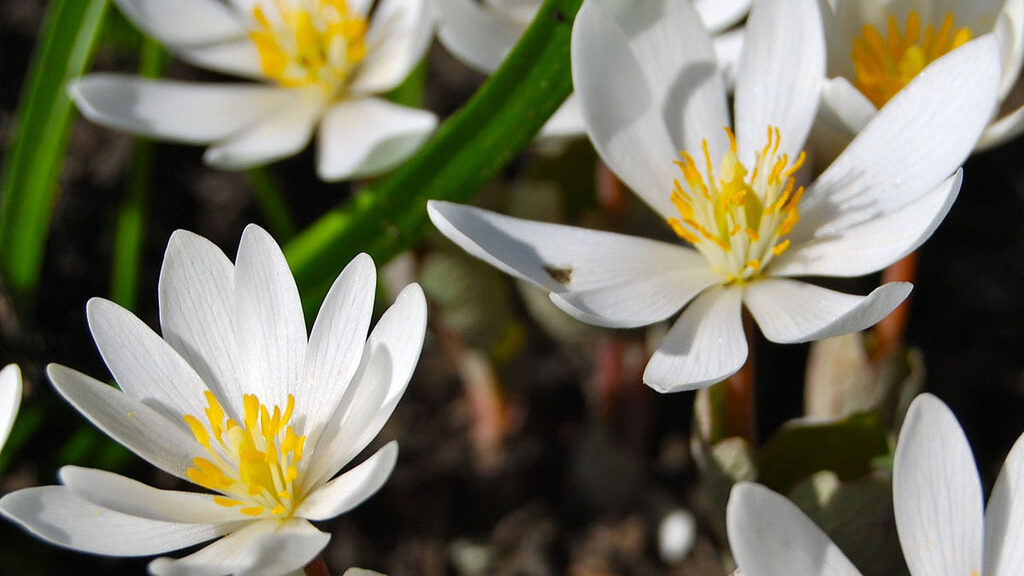
Bloodroot was a traditional medicine used by many American Indian tribes to treat fever and rheumatism. Other traditional uses were for treatment of ulcers, ringworm and skin infections. It was, and still is, used to produce natural red, orange and pink dyes.
Currently, bloodroot is being studied for use as an anti-cancer agent, particularly for the treatment of skin cancer, and as a dissolving agent for skin growths such as warts. It can be toxic, however, and should not be used casually.
It is an attractive, low-growing plant with lobed, waxy leaves that puts on pretty white flowers in very early spring. It can often be found growing in deep woods.
Bloodroot can be cultivated under an artificial shade structure or a natural forest canopy at 70%-80% shade. In the woods, bloodroot can be grown intensively in raised beds (referred to as “woods cultivated”), intensively in raised beds under an artificial shade structure (referred to as “shade grown”), or in a low-density, low-input method mimicking how it grows in the wild (referred to as “wild simulated”).
ECHINACEA

Echinacea, also known as coneflower, is an attractive herb that’s easy to grow at home. Echinacea was traditionally used by Native American tribes to treat snake bites, sore throats and toothaches, among other uses.
Now it is primarily used as an immune system enhancer to reduce the length or severity of cold and flu symptoms, and to support the lymphatic and respiratory systems.
It grows at a rate of 6 to 8 inches per year to a mature height of 12 to 28 inches. The flowers, which bloom from June to July, are cone-shaped disks with purple, pale pink or rarely white spreading ray flowers.
The taproot is harvested three-to-four years after planting from seed. Echinacea prefers a well-drained alkaline soil in a sunny location.
FALSE UNICORN
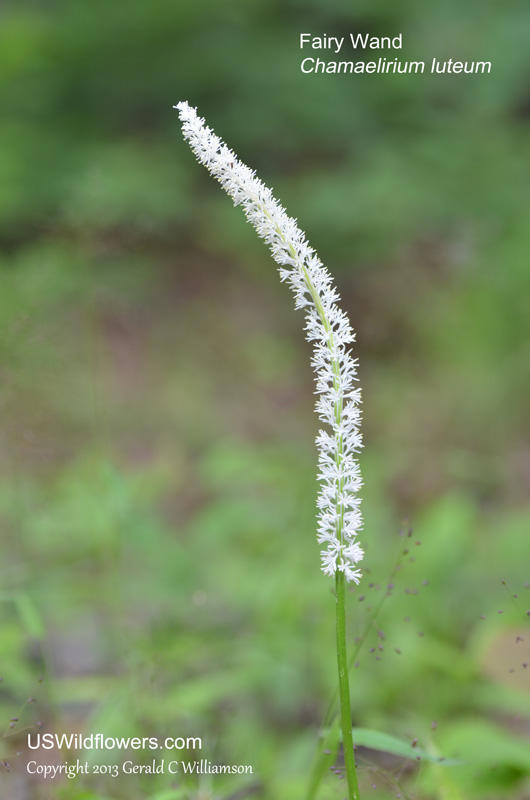
False unicorn is widely used for women’s health, traditionally used to prevent miscarriage, treat menstrual problems and to improve fertility. In Western herbal medicine, false unicorn has been used to treat pregnancy problems and ovarian cysts and also as an anti-inflammatory and diuretic.
Its leaves form a basal rosette with an emerging flower stalk that bears either a male or female flower spike about 2 feet tall. Flowering occurs from May to June. False unicorn likes to grow in moist, acidic soil located in partially to fully shaded areas in meadows, thickets and rich woods.
Harvesting of the roots usually occurs in autumn, after flowering is complete, and when plants are about 4 to 8 years old. False unicorn is known by many common names, including fairy wand, star grub root, devil’s bit and blazing star.
Need help getting started or identifying plants in your area? Contact our N.C. Cooperative Extension center in your county for local guidance from NC State experts in your community.
More Plant and Gardening Resources
- NC State Extension Plants Database
- The North Carolina Extension Gardener Handbook
- NC State Extension Gardening
- NC State Extension Master Gardener Program
Helpful Herbs Resources
Special Thanks
This segment of Homegrown was filmed at NC State University’s Mountain Horticultural Crops Research and Extension Center in Mills River, N.C.
We appreciate the collaboration of university experts who shared their time and passion in support of Homegrown’s mission to connect North Carolinians with science-backed resources that enrich their lives and grow our state.
- Categories:

